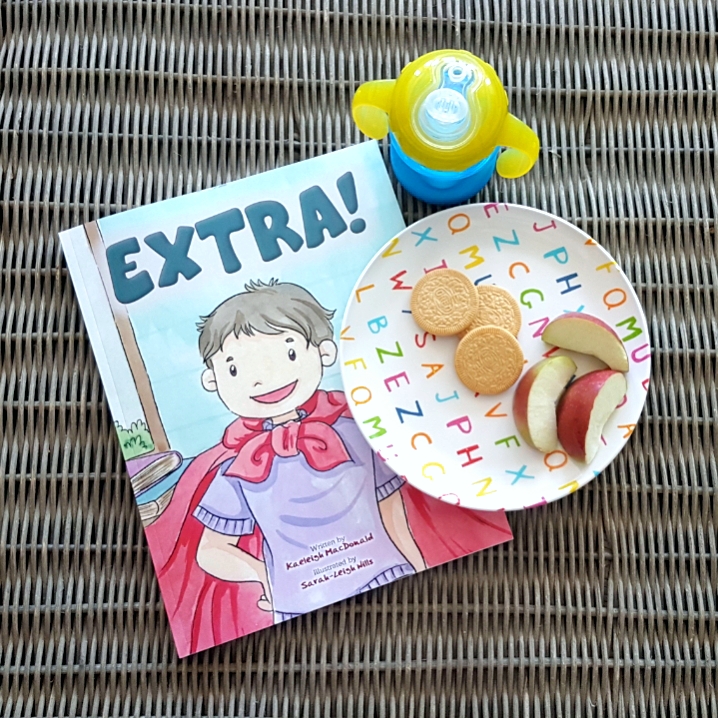Writing a Children’s book? What’s the point…
Children’s books have changed enormously over the past several decades. From Enid Blyton’s Famous Five (drinking lashings of ginger beer), to Harry Potter (quaffing lashings of butterbeer, come to think of it), children’s literature has gone through many iterations.
Jacqueline Wilson’s Tracy Beaker lives in a children’s home (we’re unlikely to have encountered that scenario in one of Blyton’s books) and Anne Fine has teenage boys caring for Flour Babies in her eponymous book – would Arthur Ransome have had his Swallows and Amazons considering the difficulties of parenting? But even though late 20th and 21st century children’s book have contemporary settings, they still have something in common with their older counterparts: there is a purpose or a theme which engages children and – sometimes more subtly than others – delivers a message.

Books with a purpose and Happydesigner
At Happydesigner we read lots and lots and lots of children’s books. We read the books we are asked to illustrate and we read others just for fun.
We’ve got to know which work best and – to be blunt – which don’t. The ones that do have structure and a theme. The ones that don’t, well, don’t!
Writers who create purposeful prose are definitely our favourites. We’ve worked with authors to illustrate books on bereavement, abuse, adoption… all situations that affect children directly, or affect their peers.
Through books, children get to learn about compassion, love, friendship, risk, empowerment.
Books don’t have to be preachy, or obvious, but some kind of message has to be there; some kind of purpose. Otherwise – as we asked at the start – what’s the point?
We always apply this logic to our own books. Sarah-Leigh’s Gillie Can series, sees Gillie learning all sorts of practical skills (like counting) and more emotional skills (like sharing).

For older children, the core message may be less overt. The Harry Potter series is as much about friendship, trust, jealousy, cowardice, bravery, risk and betrayal as about wizards and whacky incantations.
Among the most enduring stories are fairy tales handed down from generation to generation. No need to dig too deep to see the core themes in the likes of Snow White (jealousy), Goldilocks (greed), Pinocchio (truthfulness) and Cinderella (jealousy again – that one crops up a lot!)
Top ten children’s books
In 2015, The Book Trust – the UK’s largest reading charity, which reaches millions of children every year with books, resources and support to get every child reading, regularly and by choice – asked the nation to vote for their top ten favourite books – they are currently working an updated list for 2021. They were:
- Harry Potter and the Philosopher’s Stone by J K Rowling
- The Hunger Games by Suzanne Collins
- The BFG by Roald Dahl, illustrated by Quentin Blake
- The Very Hungry Caterpillar by Eric Carle
- Winnie-the-Pooh by A A Milne, illustrated by E H Shepherd
- The Cat in the Hat by Dr Seuss
- The Lord of the Rings: The Fellowship of the Ring by J R R Tolkien
- Charlotte’s Web by E B White
- Northern Lights [from His Dark Materials trilogy] by Philip Pullman
- The Lion, the Witch and the Wardrobe by C S Lewis
It’s great to see such a mix of old and modern classics and – to prove our point – all have a purpose. Personal favourite among these? Has to be Charlotte’s Web, because Sarah-Leigh LOVES drawing spiders. Second favourite? BFG, because illustrator Quentin Blake is Sarah-Leigh’s hero.
At Happydesigner, we have a new series coming out soon, of our own books – watch this space for more details. The theme will be the environment, and helping children to learn and understand through powerful storytelling.

Are you writing a children’s book?
If you are then, first off, fantastic. Yours may be the next The Little Prince – said to be the best-selling children’s book of all time.
Second, however you set to – whether you just plunge in, or whether you spend time planning the book in minute detail – remember who you are writing for (i.e. which age group) and make sure you have a purpose. We see lots of books that start well, then peter out, with no direction and an abrupt ending. Don’t let yours be one of these. And if you’re ready to go ahead with creating your children’s book, we’d love to hear from you. Please get in touch to find out how we can bring your characters to life.
Written by Jo Smyth (www.wordworker.co.uk)




